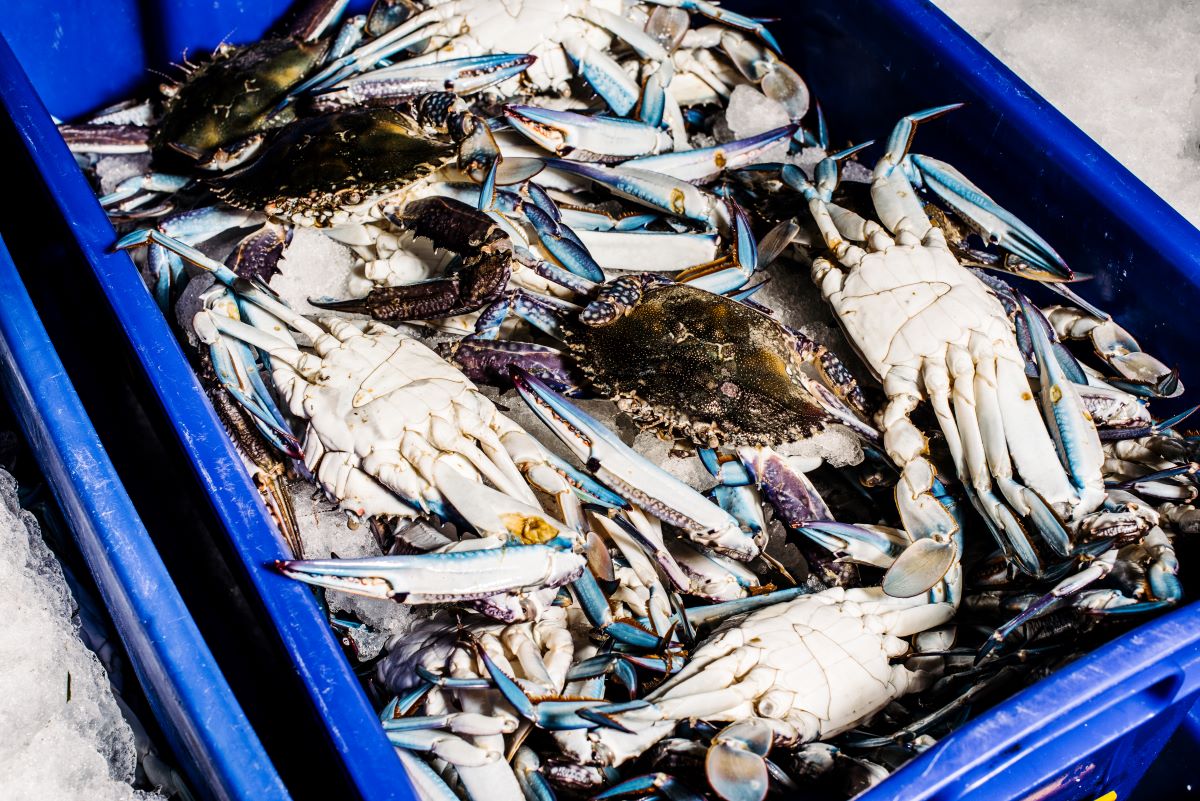

Articles
How To Store Fresh Crabs
Modified: December 7, 2023
Learn how to properly store fresh crabs to maintain their freshness and flavor. Our articles provide helpful tips for keeping your crabs fresh for longer.
(Many of the links in this article redirect to a specific reviewed product. Your purchase of these products through affiliate links helps to generate commission for Storables.com, at no extra cost. Learn more)
Introduction
Crabs are a delightful seafood delicacy that can be enjoyed in a variety of mouthwatering dishes. However, if you find yourself with an abundance of fresh crabs and are unsure how to keep them fresh for later use, fear not! In this article, we will guide you through the process of storing fresh crabs to maintain their quality and flavor.
Selecting and storing fresh crabs properly is essential to guarantee their taste and texture remain intact. Whether you caught the crabs yourself or purchased them from a local market, following the right steps will help preserve their freshness for days to come.
Before diving into the storage process, it’s crucial to start with the freshest crabs possible. Look for crabs with shiny shells, intact limbs, and a sweet sea-like aroma. Avoid purchasing crabs with a strong fishy smell or any signs of damage, such as cracked shells or missing legs. Fresh crabs should appear lively and have firm bodies.
Once you have selected the finest crabs, the next step is to prepare them for storage. Properly cleaning the crabs will help extend their shelf life and prevent any unpleasant flavors. Begin by rinsing the crabs under cold running water, removing any debris or dirt. Using a brush, gently scrub the shells to remove any remaining impurities. Pay extra attention to the areas around the eyes, mouth, and legs, as these can accumulate dirt and sand.
After cleaning the crabs, it’s time to perform the necessary preparations to ensure their freshness. Start by removing the claws and legs, as these tend to spoil faster than the body meat. This will also make it easier to store the crabs in a more compact and efficient manner. To detach the claws, firmly hold the body with one hand and twist off each claw with the other hand. To remove the legs, simply pull them away from the body with a gentle tug.
With the crabs cleaned and prepared, it’s now time to store them correctly. The ideal storage method for fresh crabs is to keep them in a cool and moist environment. Place the crabs in a large container or a cooler lined with damp paper towels. The dampness will mimic the crabs’ natural habitat and help maintain their moisture.
To further protect the crabs, cover them with a layer of damp newspaper or seaweed. This will provide an additional barrier against drying out and help preserve their delicate flesh. Finally, seal the container or cooler tightly to prevent any air or moisture from entering. Avoid stacking the crabs on top of each other to prevent unnecessary pressure on their bodies.
It’s important to note that fresh crabs are highly perishable and should be consumed within a few days of storage. If your intention is to freeze the crabs for a longer shelf life, it is recommended to cook them beforehand to preserve their flavor and texture.
By following these proper storage techniques, you can ensure that your supply of fresh crabs remains delicious and safe to eat for an extended period. Whether you are planning to enjoy a crab feast or simply want to stock up on this delectable seafood, storing fresh crabs correctly is essential for maintaining their quality and taste.
Key Takeaways:
- Select the freshest crabs with shiny shells, intact limbs, and a sweet sea-like aroma. Properly cleaning and preparing the crabs for storage is crucial in maintaining their quality and flavor.
- Store fresh crabs in a suitable container lined with damp paper towels or seaweed to mimic their natural habitat. Keep them in the refrigerator at a temperature between 32°F (0°C) and 40°F (4°C) and consume within a few days for optimal taste and freshness.
Read more: How To Store Fresh Clams
Selecting Fresh Crabs
Choosing the freshest crabs is paramount when it comes to enjoying their succulent meat. When selecting fresh crabs, keep the following tips in mind:
- Observe the Appearance: Look for crabs with shiny and smooth shells. Avoid crabs with cracked or damaged shells, as this can be an indication of poor quality or mishandling.
- Check for Liveliness: Fresh crabs should appear lively and active. They should have their legs intact and exhibit minimal to no movement. Avoid crabs that appear sluggish or show signs of lethargy.
- Sweet Aroma: Give the crabs a quick sniff. They should smell fresh and have a pleasant sea-like scent. Avoid crabs with a strong fishy odor, as this indicates they may be past their prime.
- Inspect the Eyes and Mouth: The eyes of a fresh crab should be clear and bright. Avoid crabs with cloudy or sunken eyes, as this can be a sign of deterioration. Similarly, the mouth should be closed tightly.
- Feel for Firmness: Gently press on the crab’s shell and legs. Fresh crabs will feel firm and solid. Avoid crabs with soft bodies or legs, as this suggests they may not be as fresh.
It’s also important to consider the size of the crabs when selecting them. Smaller crabs tend to have sweeter and more tender meat, while larger crabs may have a chewier texture. Choose the size that best suits your preferences and the recipe you have in mind.
If you are unsure about the quality of the crabs or have any doubts, don’t hesitate to ask the seafood vendor for assistance. They can provide guidance and help you choose the best crabs available.
Remember, selecting fresh crabs is the first step towards enjoying a delicious seafood feast. Take your time to inspect and choose crabs that meet the criteria mentioned above, and you’ll be rewarded with flavorsome and delightful crab meat.
Preparing Fresh Crabs for Storage
Properly preparing fresh crabs before storage is crucial in maintaining their quality and preventing any spoilage. Follow these steps to prepare fresh crabs for storage:
- Clean the Crabs: Begin by rinsing the crabs under cold running water to remove any dirt or debris. Use a brush or scrubber to gently clean the shells, focusing on areas around the eyes, mouth, and legs where dirt can accumulate. Thoroughly cleaning the crabs will help remove any impurities that can affect their flavor and longevity.
- Remove Claws and Legs: To prolong the freshness of the crabs’ body meat, it is recommended to remove the claws and legs before storage. Hold the crab firmly with one hand and twist off each claw with the other hand. This can be done by bending the claw back until it detaches from the body. Similarly, gently pull the legs away from the body to separate them.
- Discard the Gills: Flip the crab over and locate the gills, also known as “dead man’s fingers.” These gills are dark and feathery and serve no purpose other than to trap dirt. Carefully remove them using a small knife or scissors. Taking out the gills will improve the flavor of the crab meat and reduce the risk of spoilage.
- Rinse Again: After removing the claws, legs, and gills, give the crabs a final rinse under cold water to ensure they are free from any residual debris or blood. This step will help maintain the freshness and cleanliness of the crabs.
At this point, your crabs are clean and ready to be stored. However, if you plan to freeze the crabs for longer shelf life, it is recommended to cook them first. Cooking the crabs before freezing will help preserve their flavor and texture. Steam or boil the crabs until they turn a bright red color, and then allow them to cool down before freezing.
Remember to handle fresh crabs with care during the preparation process to avoid any injuries from their sharp claws. Use kitchen utensils such as tongs or gloves for added safety.
By properly preparing fresh crabs for storage, you ensure that they are clean, free from impurities, and ready to be stored in optimal conditions. These steps will help maintain the quality and taste of the crabs, allowing you to enjoy them at a later time.
After purchasing fresh crabs, store them in a cooler with ice packs to keep them cold and fresh. Make sure to keep them well-drained and covered with a damp cloth to prevent them from drying out.
Storing Fresh Crabs
After selecting and preparing fresh crabs, it’s crucial to store them properly to maintain their quality and extend their shelf life. Follow these steps to store fresh crabs:
- Choose a Suitable Container: Use a large container or a cooler with a lid that can accommodate the crabs comfortably. Ensure the container is clean and sanitized before placing the crabs inside.
- Line the Container: Line the bottom of the container with damp paper towels or a layer of seaweed. The moisture will help mimic the crabs’ natural environment and prevent them from drying out.
- Place the Crabs: Arrange the crabs in the container, making sure they are not stacked on top of each other. This will prevent unnecessary pressure and potential damage to their bodies. Keep the crabs in a single layer if possible.
- Add Moisture: Drizzle a small amount of water or lay another layer of damp paper towels or seaweed over the top of the crabs. This additional moisture will create a humid environment and help maintain their freshness.
- Seal the Container: Close the lid tightly or seal the container with plastic wrap to prevent any air or moisture from entering. This will help preserve the crabs’ moisture and prevent them from drying out.
- Store in the Refrigerator: Place the container of fresh crabs in the refrigerator, ideally at a temperature between 32°F (0°C) and 40°F (4°C). The cool and consistent temperature will slow down the growth of bacteria and help maintain the crabs’ quality.
- Use Within a Few Days: Fresh crabs are highly perishable, so it’s best to use them within a few days of storage for optimal taste and freshness. It’s important to note that the longer crabs are stored, the higher the risk of spoilage.
Remember to check on the crabs periodically during storage to ensure they remain fresh. Discard any crabs that show signs of spoilage, such as a strong odor, slimy texture, or unusual discoloration.
If freezing is preferred, it is recommended to cook the crabs before freezing them. This will help preserve their flavor and texture. Wrap the cooked crabs tightly in plastic wrap or place them in airtight containers before transferring them to the freezer.
By storing fresh crabs in the appropriate conditions, you can extend their shelf life and maintain their delicious taste. These simple steps will help you enjoy fresh and delectable crab meat whenever you desire.
Tips for Maintaining Freshness
Ensuring the freshness of stored crabs is crucial for maintaining their flavor and quality. Here are some tips to help you keep your fresh crabs at their best:
- Keep Them Cool: Fresh crabs should be stored in a cool environment to maintain their freshness. If you’re unable to store them in a refrigerator, consider placing them in a cooler with ice packs or ice to keep the temperature low.
- Monitor the Temperature: Regularly check the temperature of the storage area and make sure it remains between 32°F (0°C) and 40°F (4°C). This range will help slow down bacterial growth and keep the crabs fresh for longer.
- Handle with Care: Avoid excessive handling of the crabs, as this can lead to stress and potential damage to their delicate bodies. Handle them gently when transferring or inspecting to prevent unnecessary harm.
- Don’t Stack Them: Stacking crabs on top of each other can cause pressure and damage. Store them in a single layer if possible to avoid any unnecessary squishing or physical stress.
- Keep Moisture Levels in Check: Check the container regularly to ensure it remains damp. If the paper towels or seaweed dry out, add more moisture as needed. The crabs need a humid environment to retain their moisture and prevent drying out.
- Inspect Regularly: Regularly inspect the stored crabs for any signs of spoilage. Discard any crabs that have a strong, unpleasant odor, slimy texture, or unusual discoloration.
- Use Fresh Crab Meat First: If you need to use the crab meat for different recipes, prioritize using the freshest crabs first. This way, you can ensure you’re enjoying the highest quality meat before it begins to deteriorate.
- Consider Freezing: If you can’t consume the crabs within a few days, consider cooking them and then freezing the meat. Freezing will help extend the shelf life, but be aware that the texture may change slightly upon thawing.
- Label and Date: If freezing crabs, label the containers or bags with the date of freezing. This will help you keep track of how long they have been stored and ensure you use them within the recommended duration.
By following these tips, you can maximize the freshness and quality of your stored crabs, allowing you to enjoy their delicious taste for as long as possible.
Read more: How To Store Fresh Scallops
Conclusion
Storing fresh crabs properly is essential to preserve their flavor, quality, and overall freshness. By following the right steps, you can ensure that your supply of fresh crabs remains delicious and safe to eat for an extended period.
Start by selecting the freshest crabs with shiny shells, intact limbs, and a sweet sea-like aroma. Properly cleaning the crabs by rinsing them under cold water and removing any dirt or debris is crucial in maintaining their quality.
Preparing the crabs for storage involves removing the claws and legs, as well as discarding the gills. This step helps preserve the freshness of the body meat and improves the flavor of the crabs.
When it comes to storing fresh crabs, ensure that you use a suitable container lined with damp paper towels or seaweed to mimic their natural habitat. Seal the container tightly to prevent air and moisture from entering, and store it in the refrigerator at a temperature between 32°F (0°C) and 40°F (4°C).
Remember that fresh crabs are highly perishable and should be consumed within a few days of storage. If you want to freeze the crabs for a longer shelf life, it is best to cook them first to preserve their flavor and texture.
By following these guidelines and implementing proper storage techniques, you can enjoy the delightful taste of fresh crabs in a variety of dishes. Whether you’re planning a seafood feast or simply want to stock up on this delectable seafood, storing fresh crabs correctly is essential for maintaining their quality and ensuring a memorable culinary experience.
So go ahead, confidently select, prepare, and store your fresh crabs, knowing that their freshness and mouthwatering flavors will be preserved until you’re ready to savor them.
Frequently Asked Questions about How To Store Fresh Crabs
Was this page helpful?
At Storables.com, we guarantee accurate and reliable information. Our content, validated by Expert Board Contributors, is crafted following stringent Editorial Policies. We're committed to providing you with well-researched, expert-backed insights for all your informational needs.
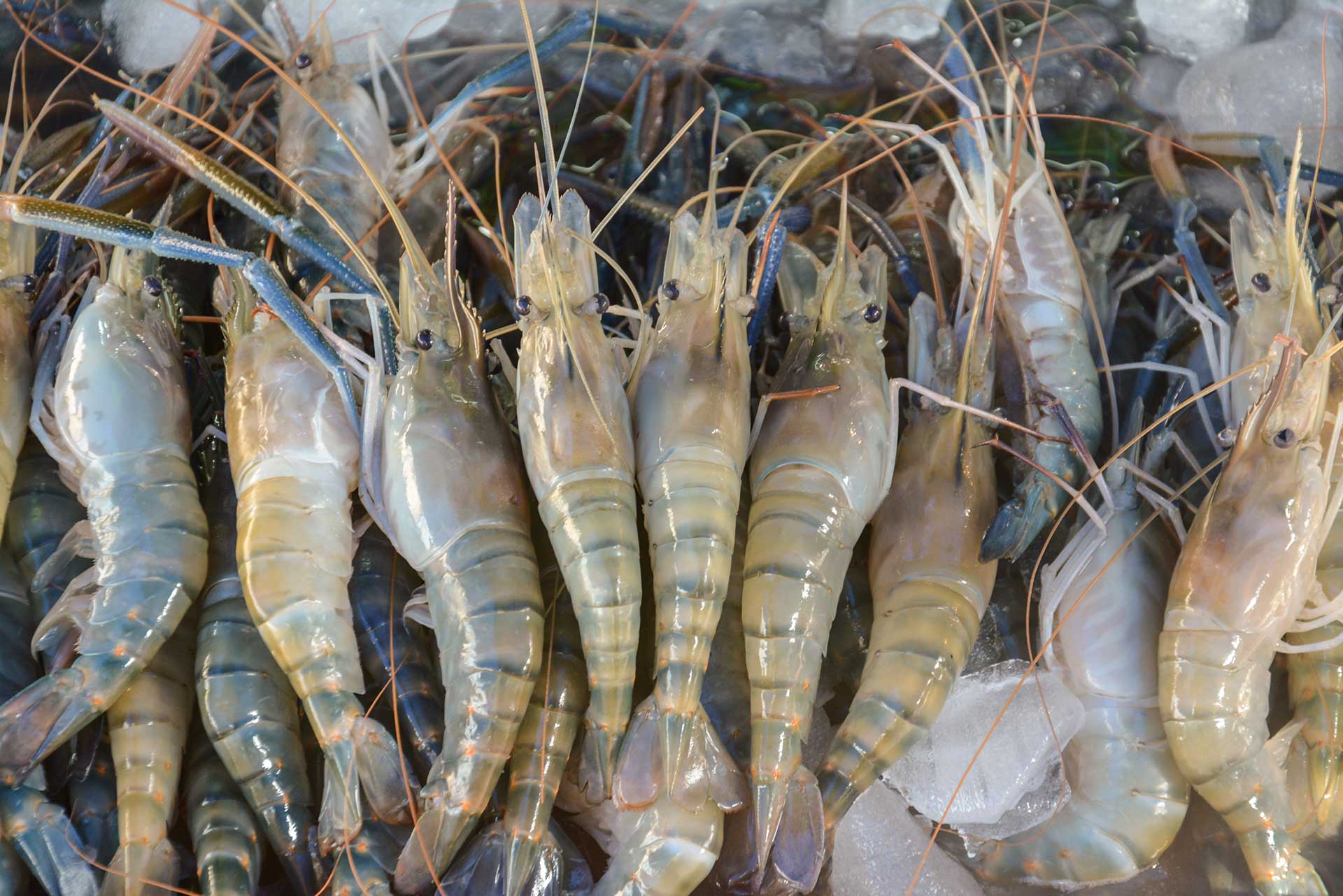
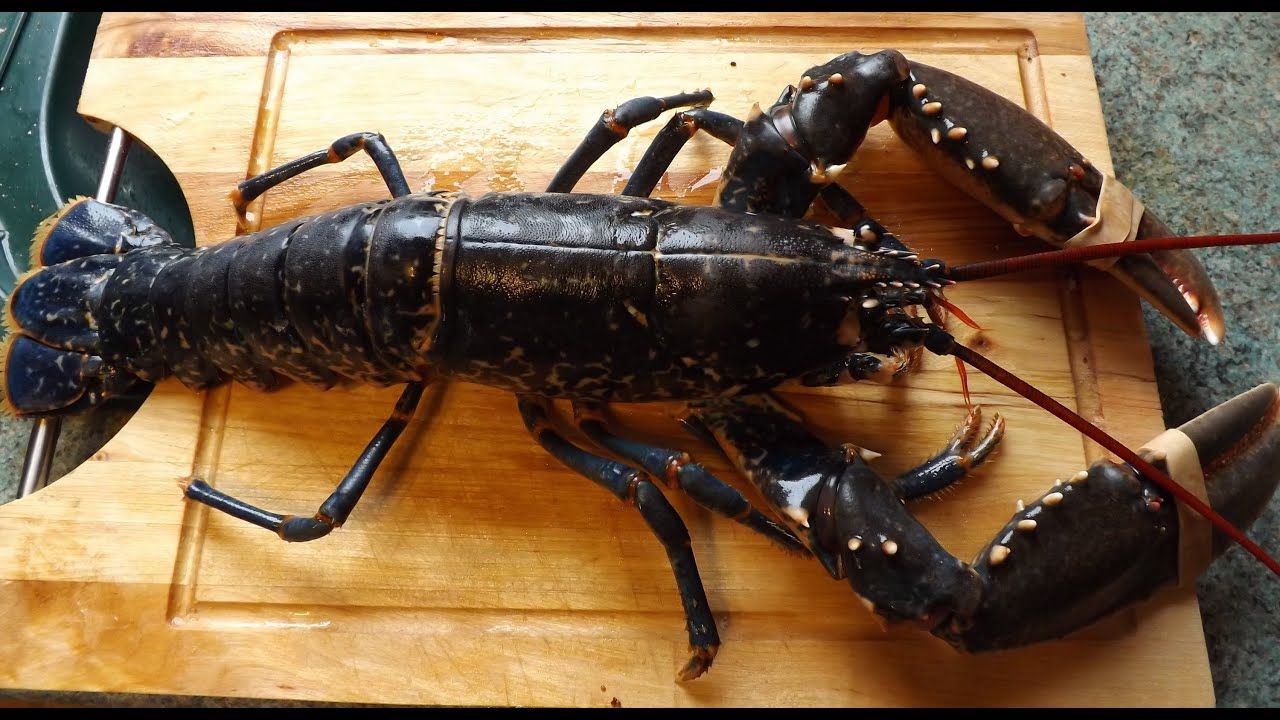
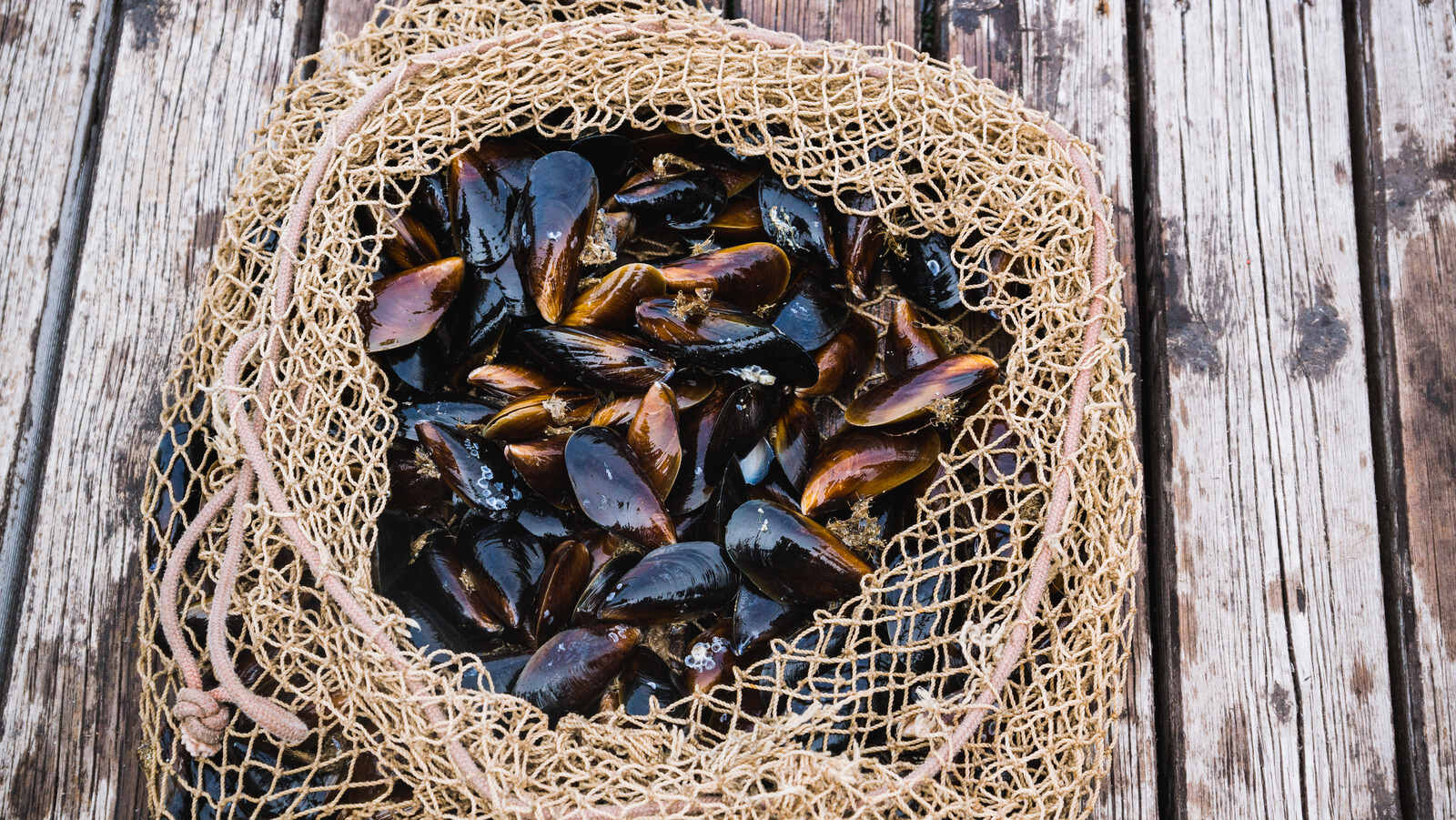
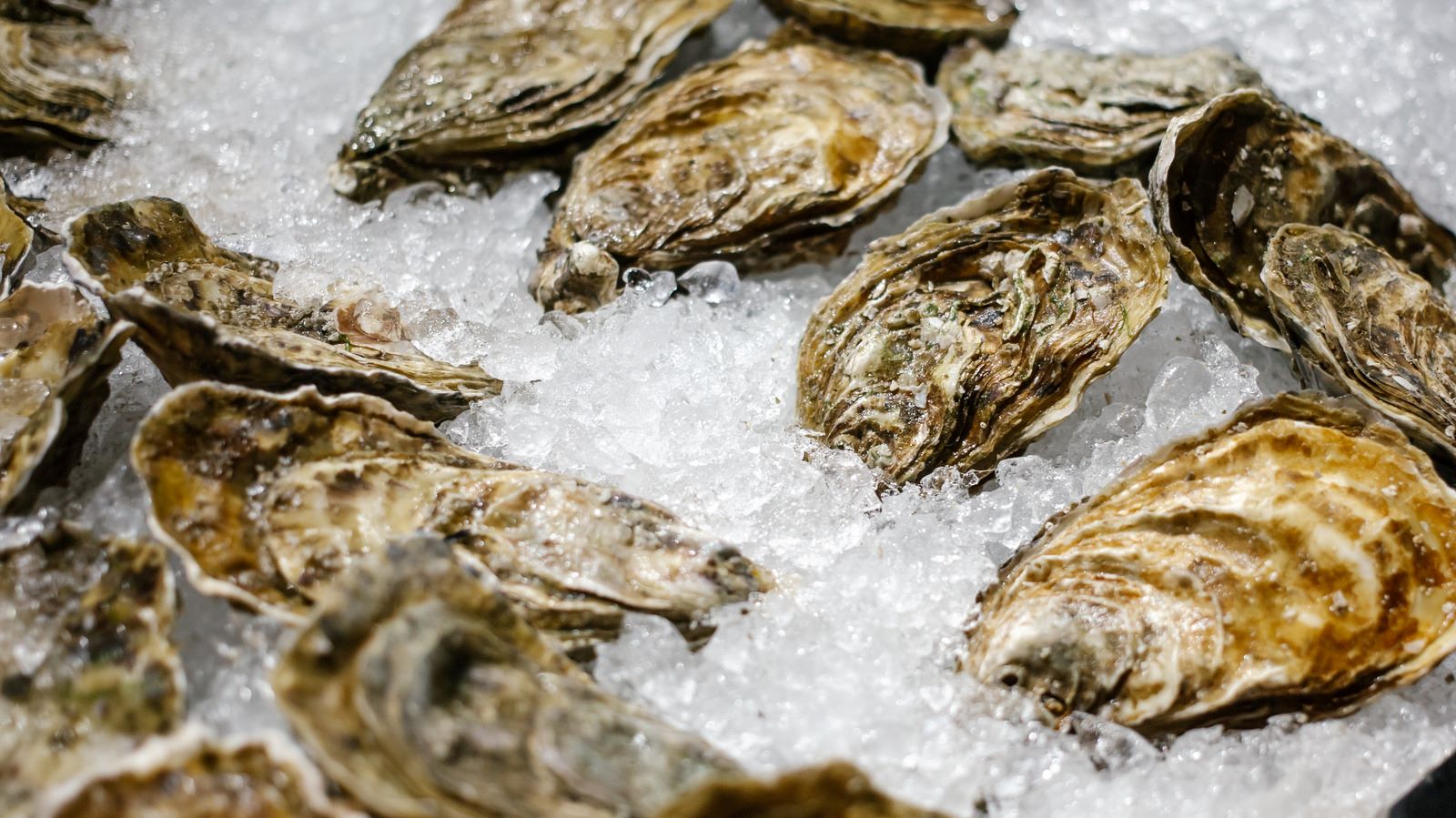
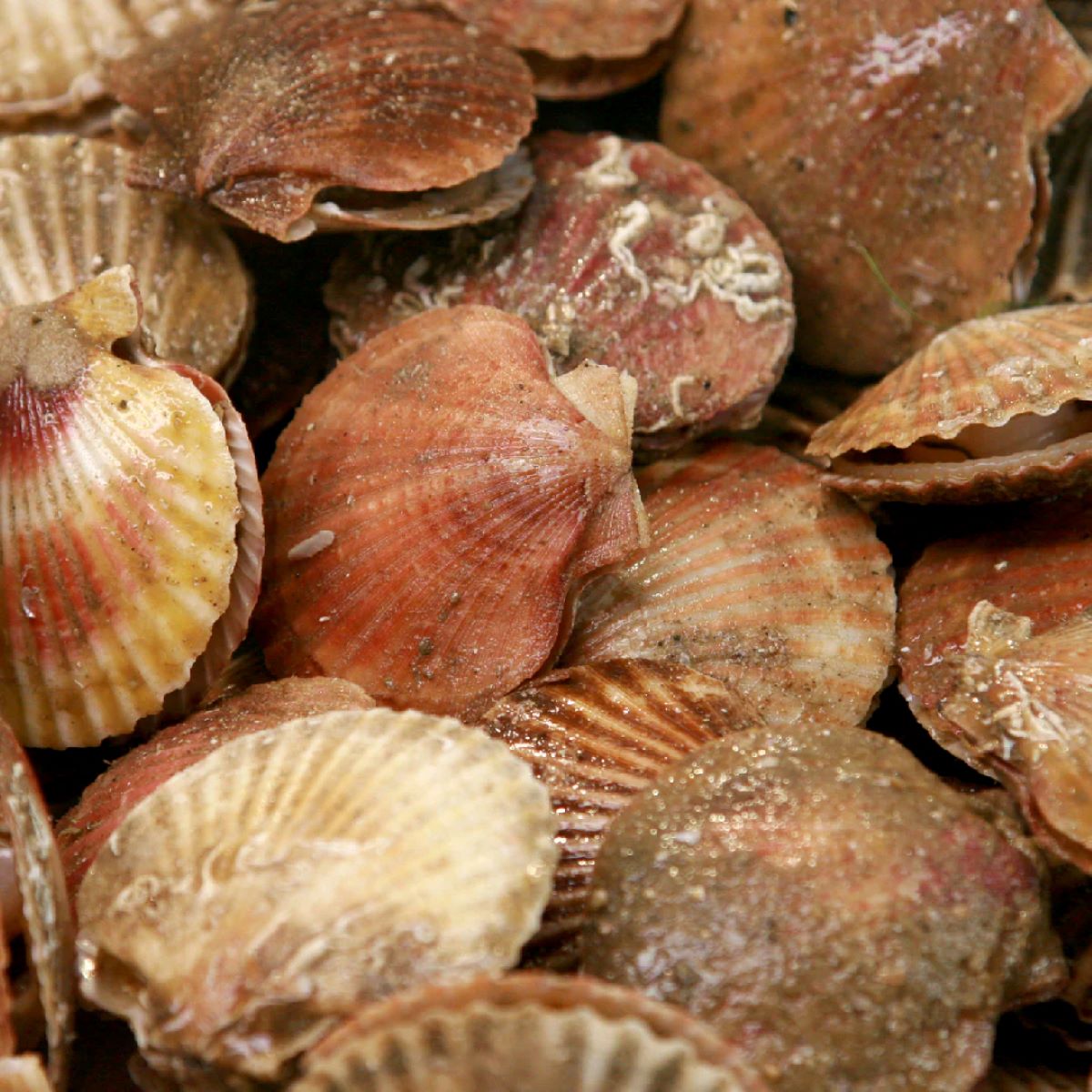
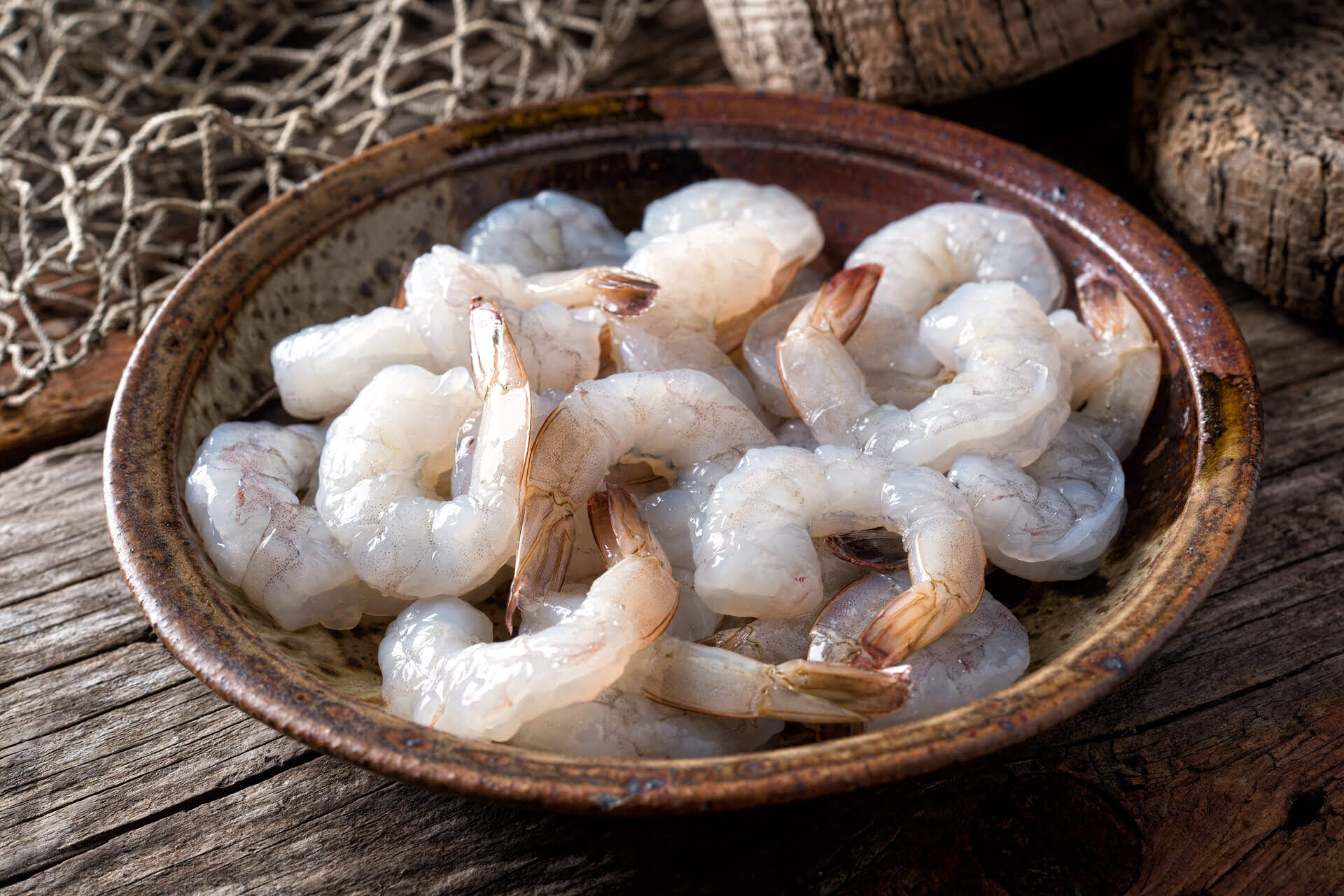
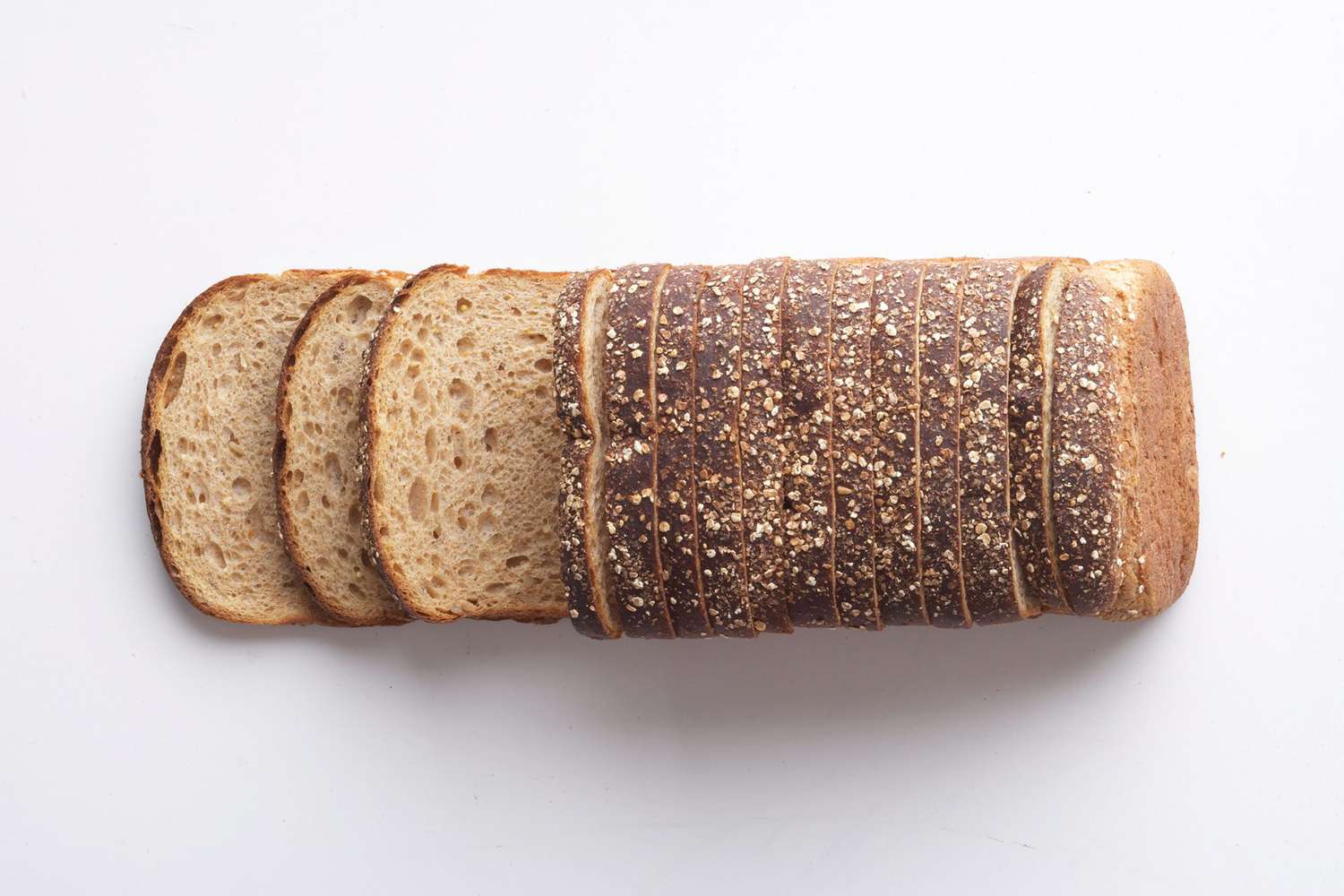
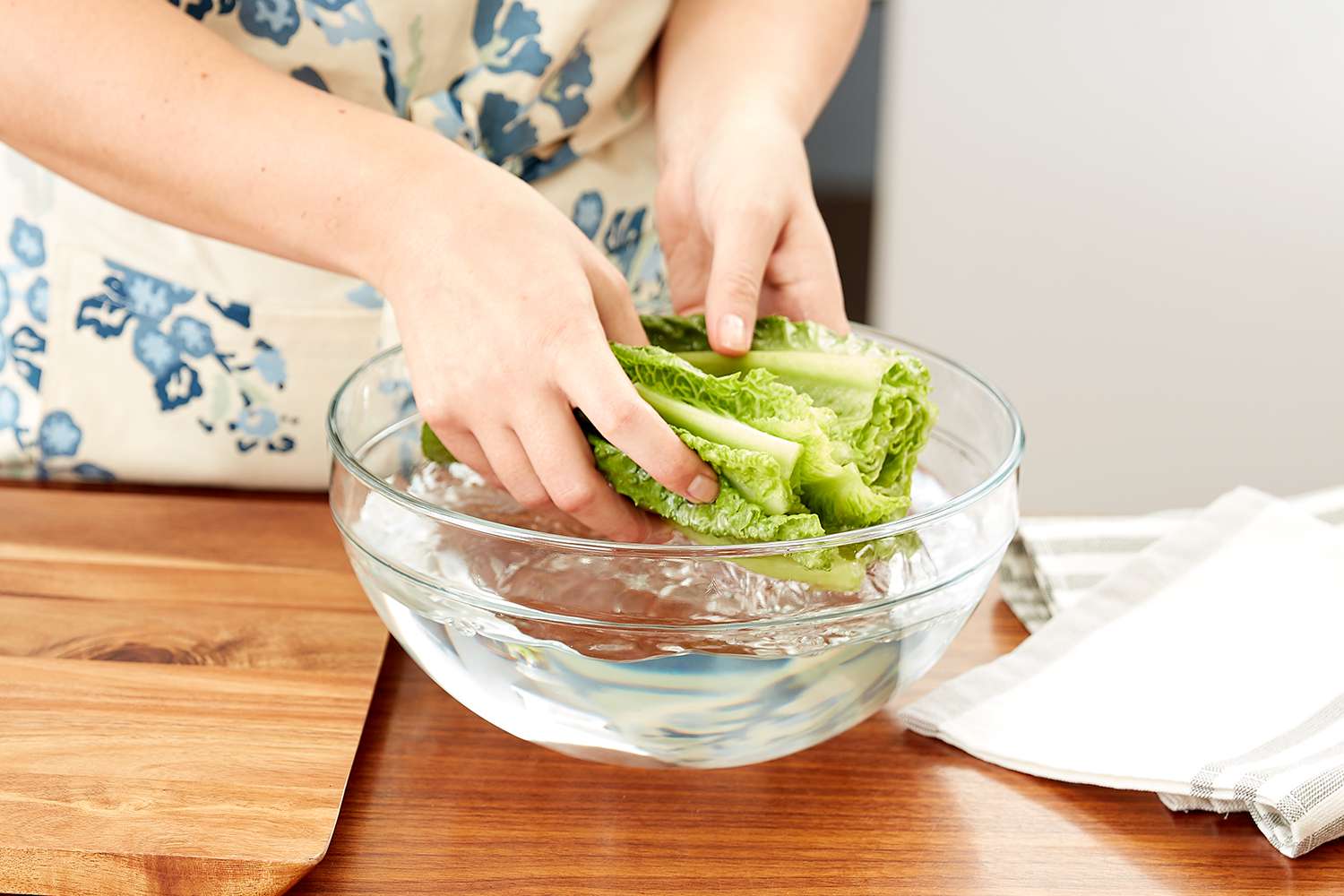
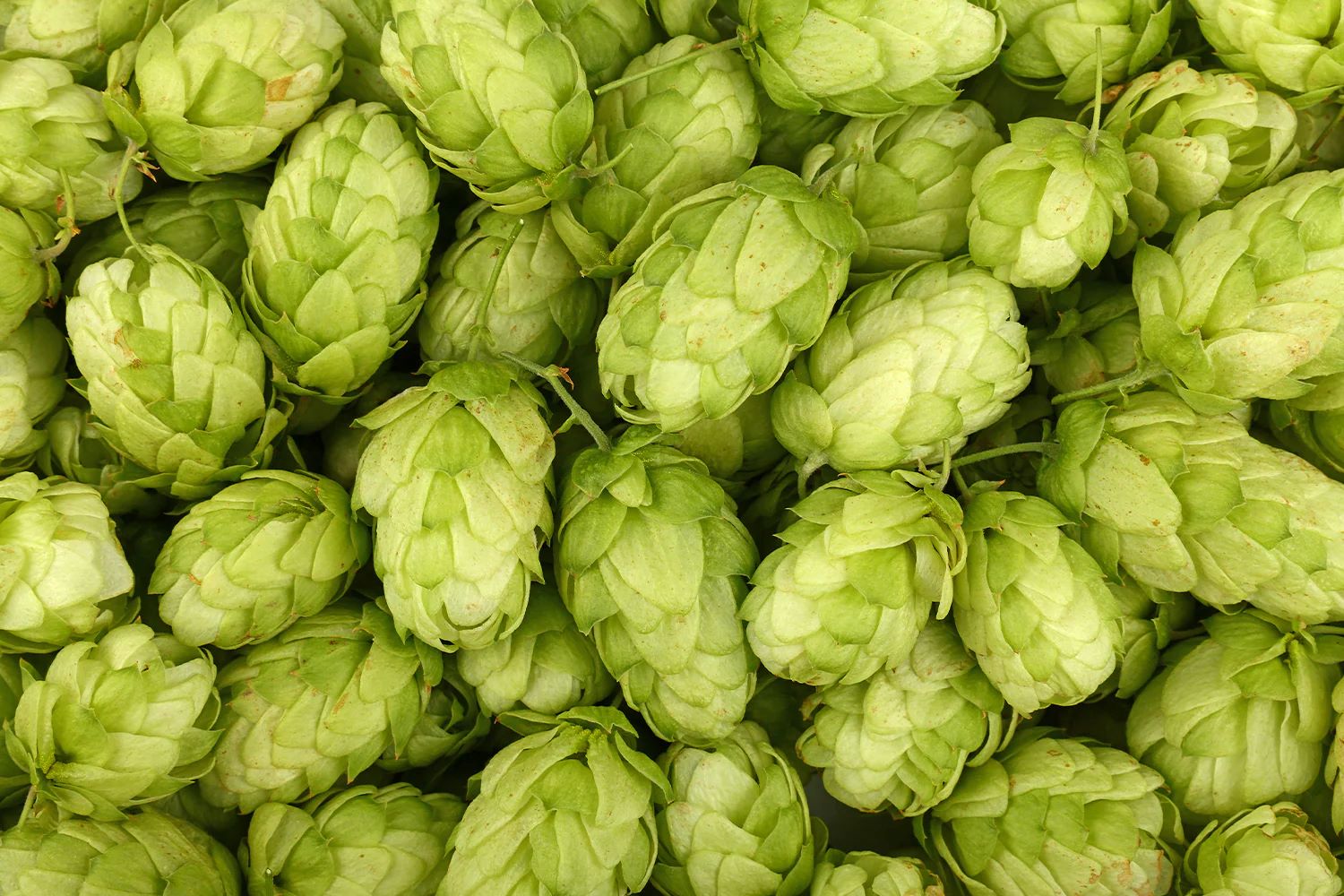

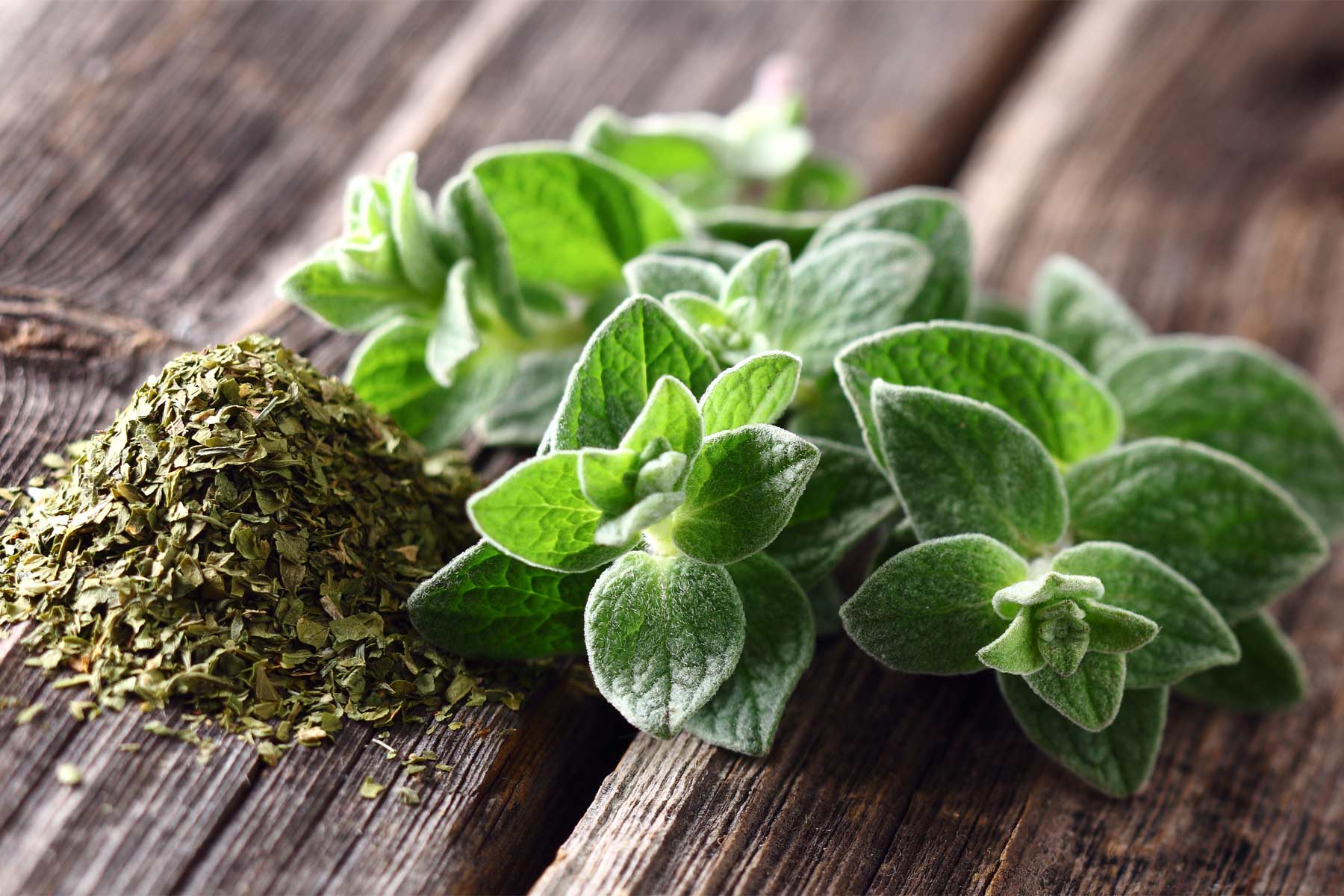
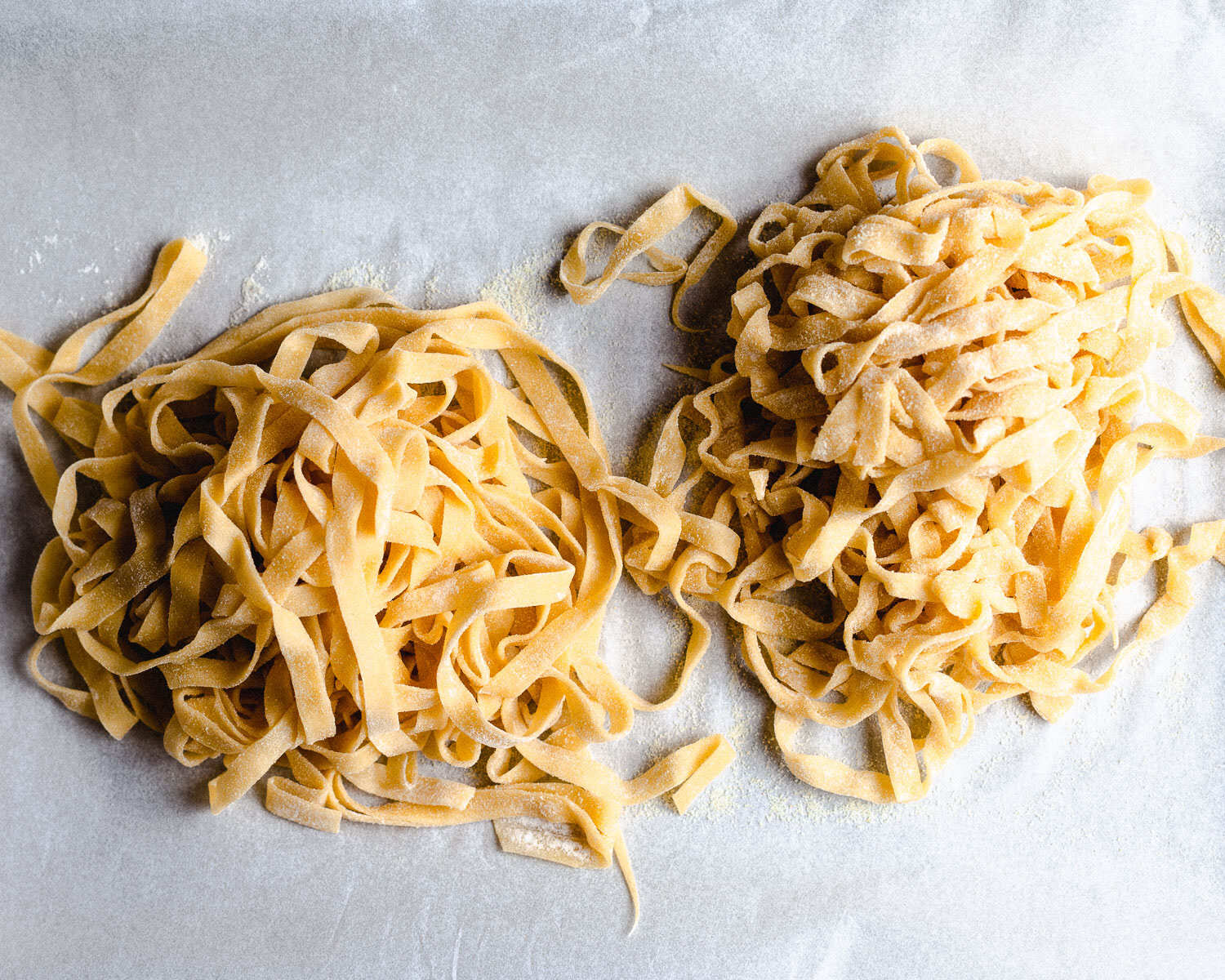
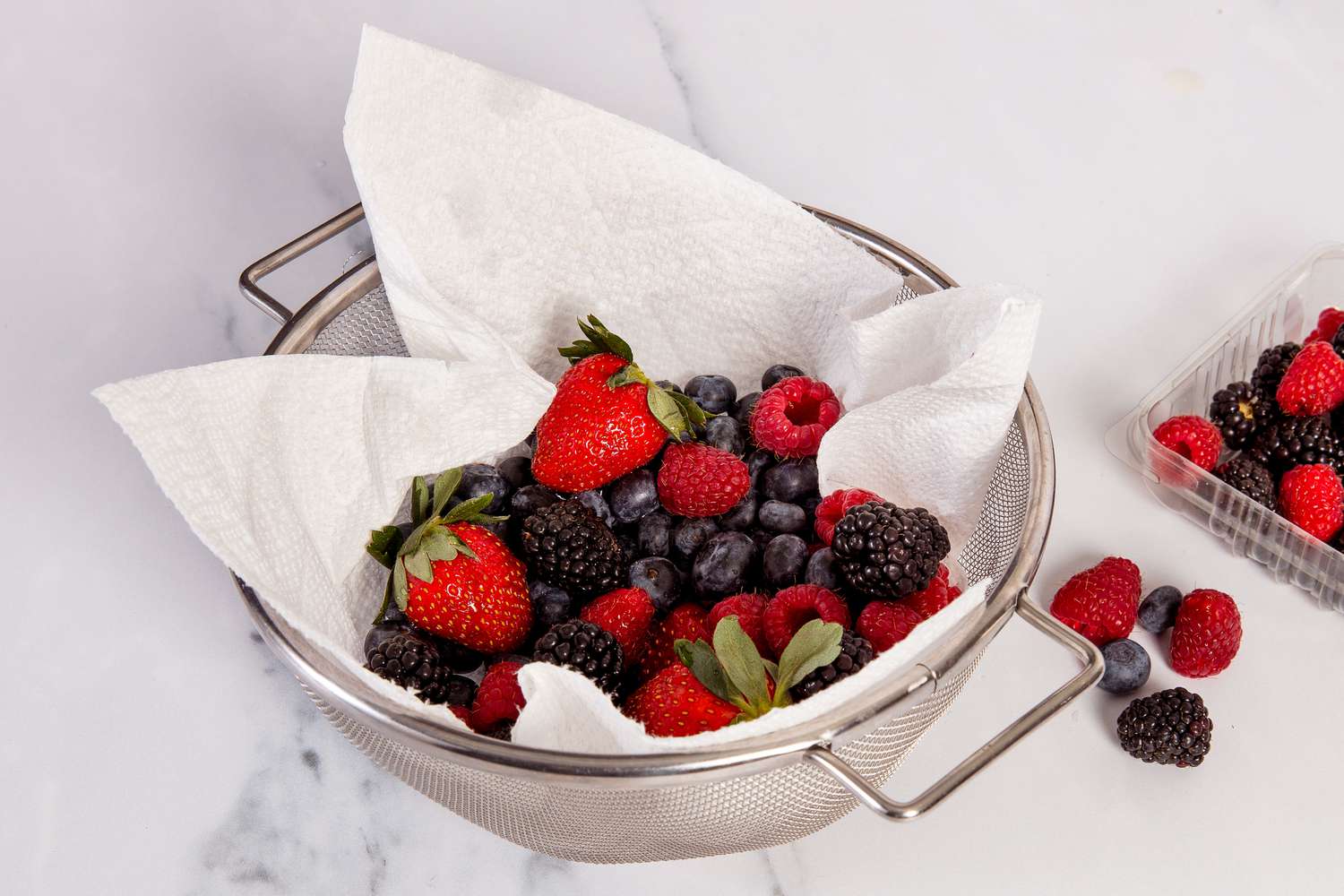
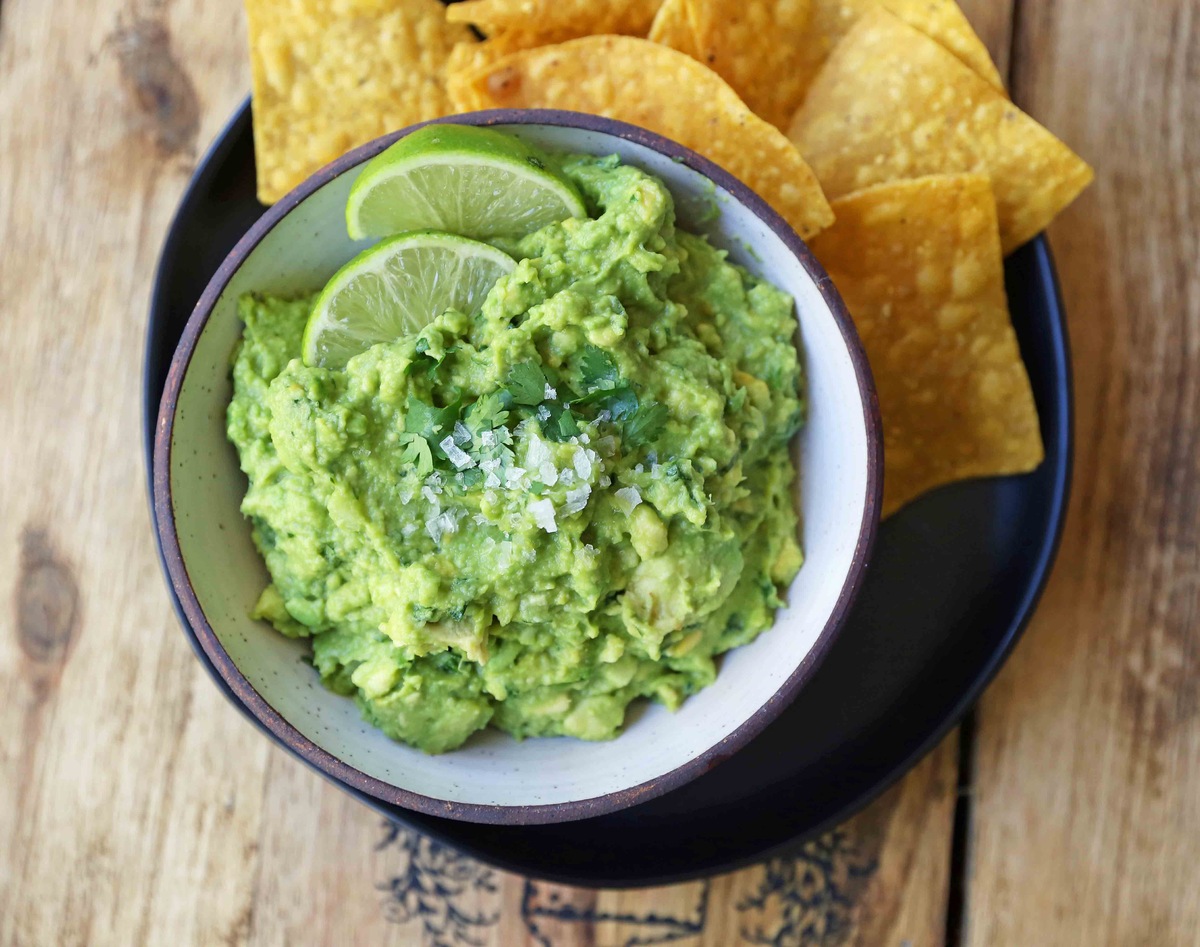

0 thoughts on “How To Store Fresh Crabs”